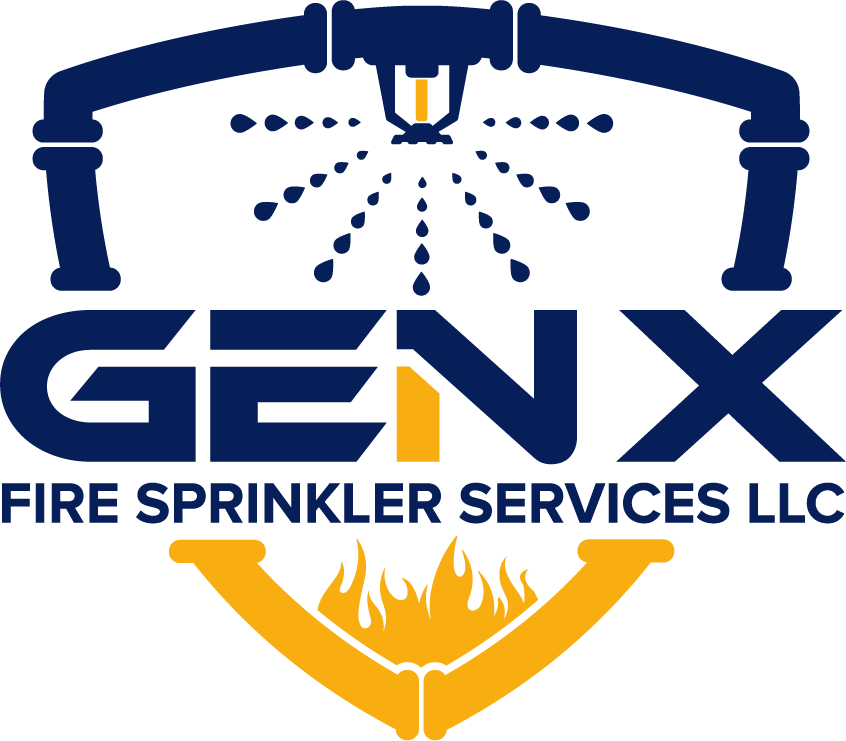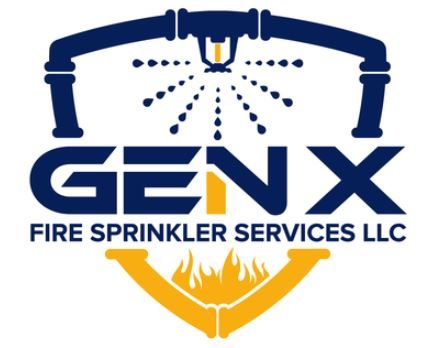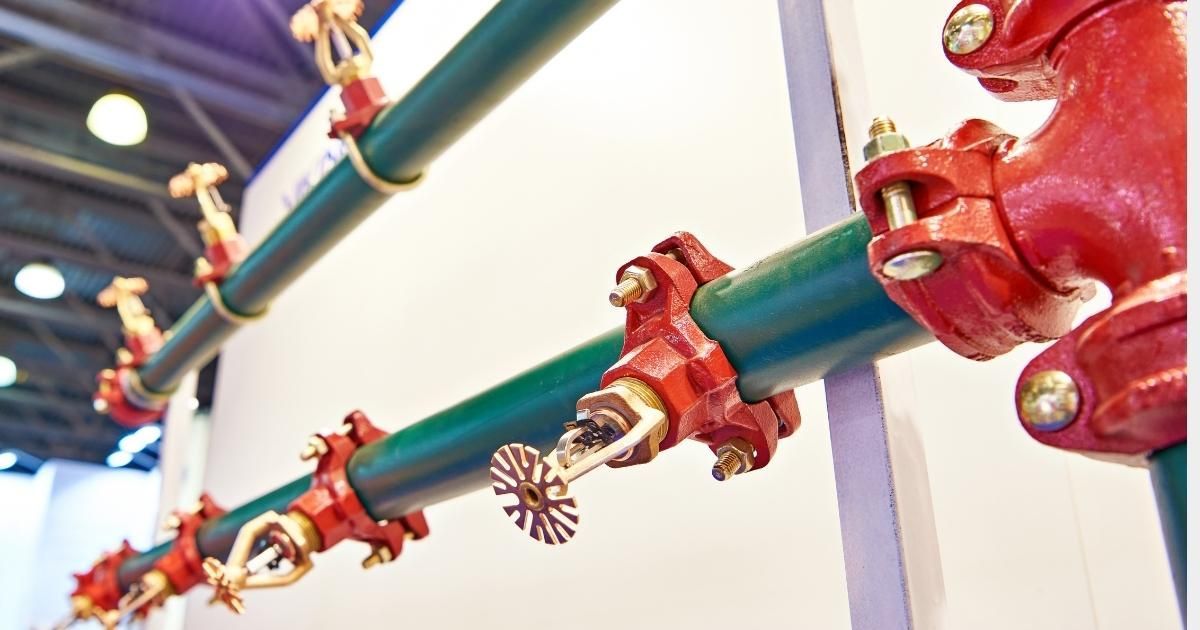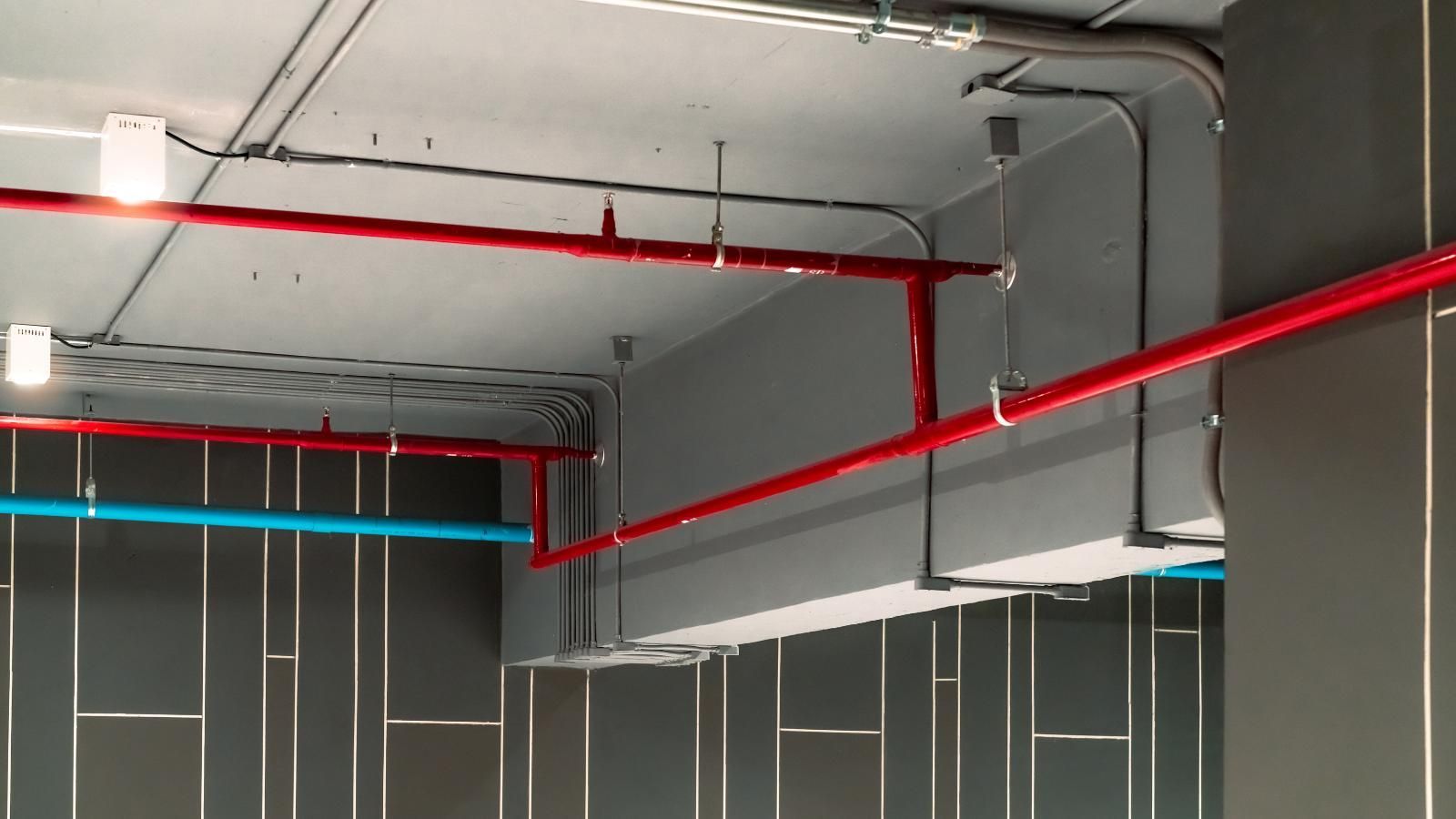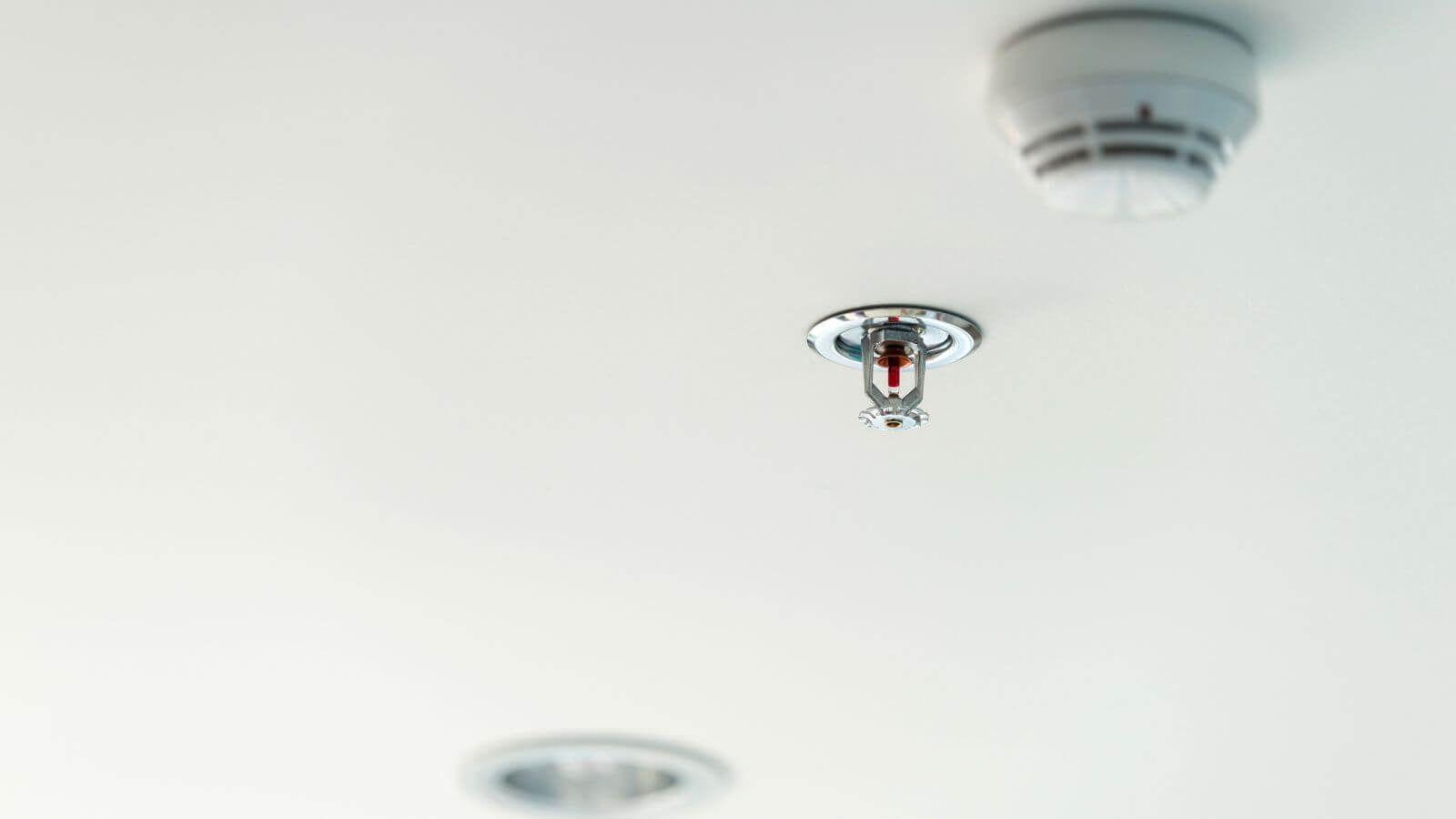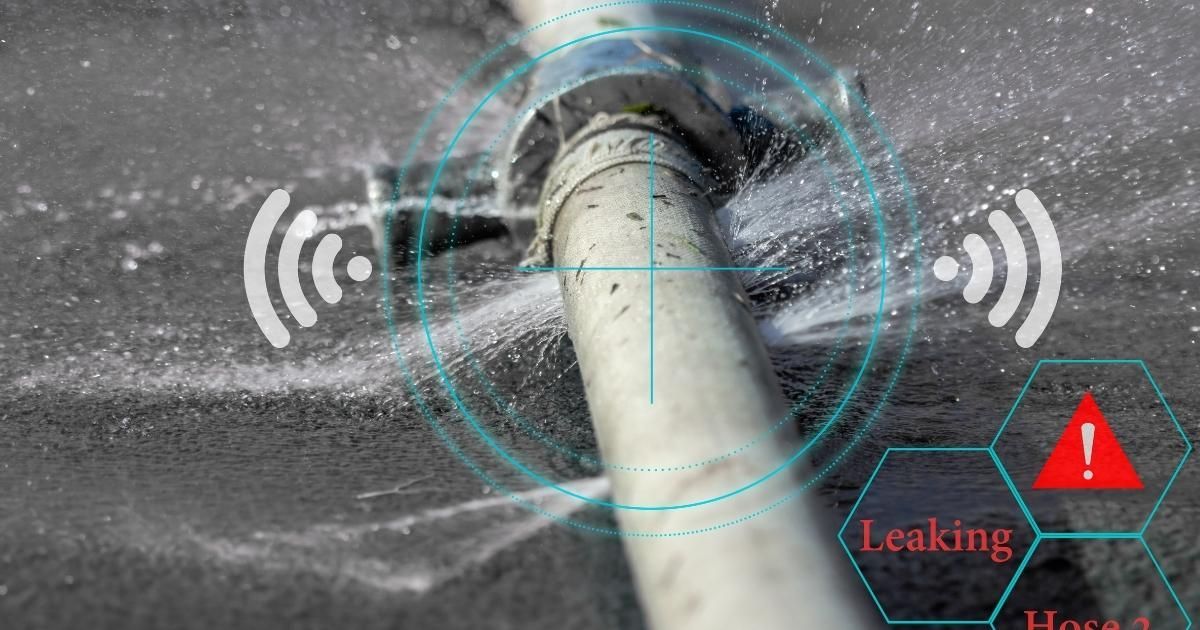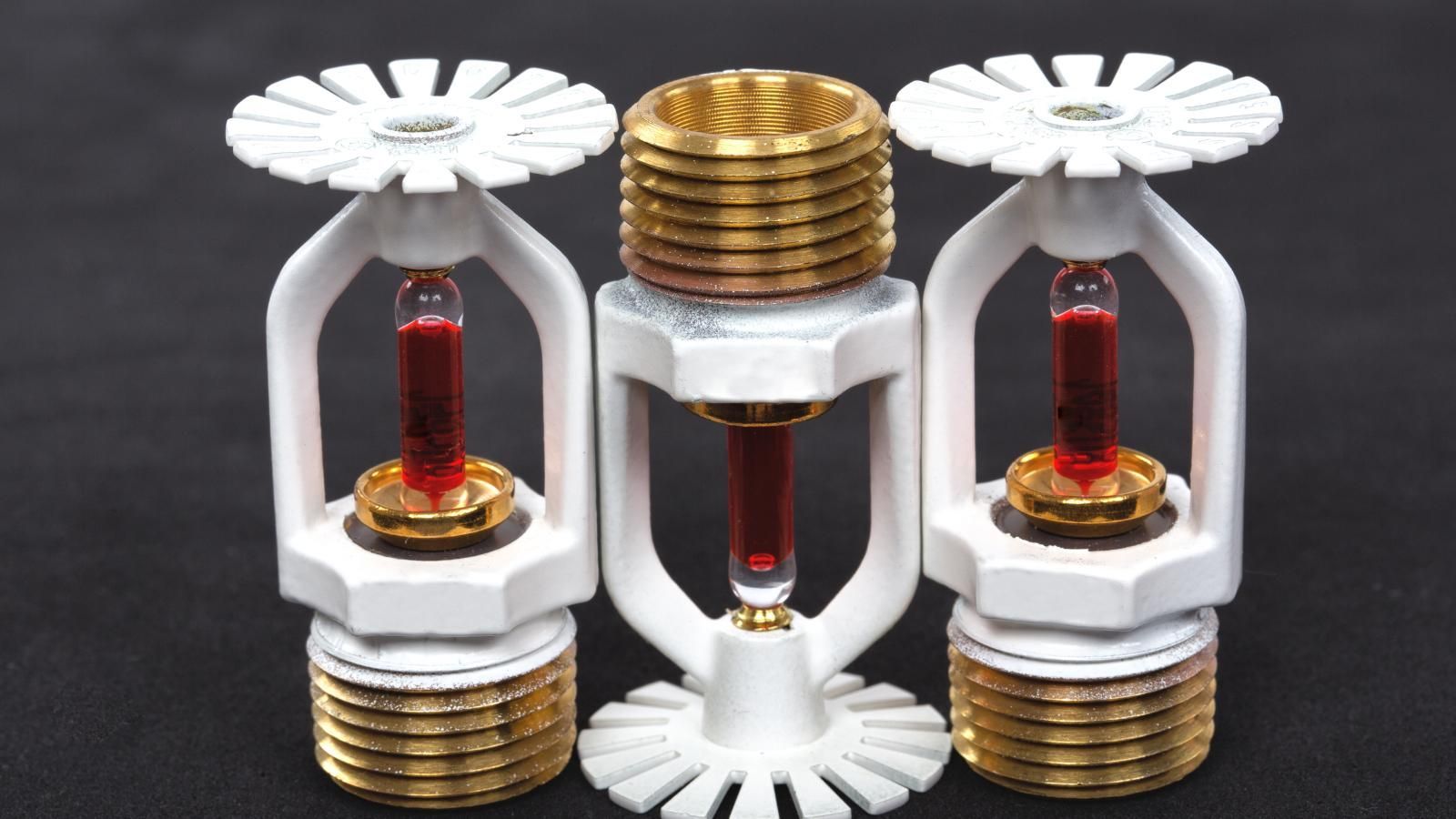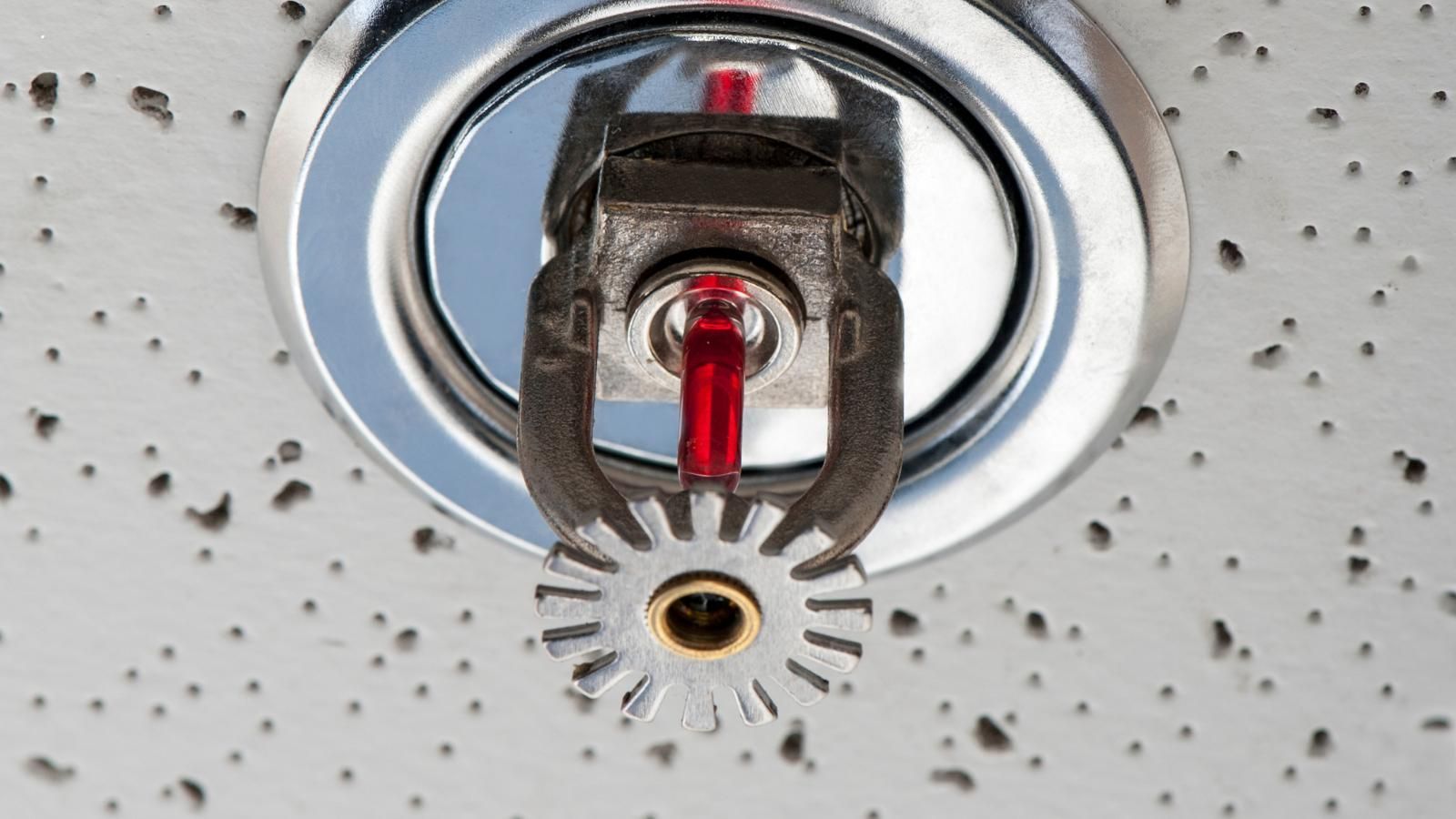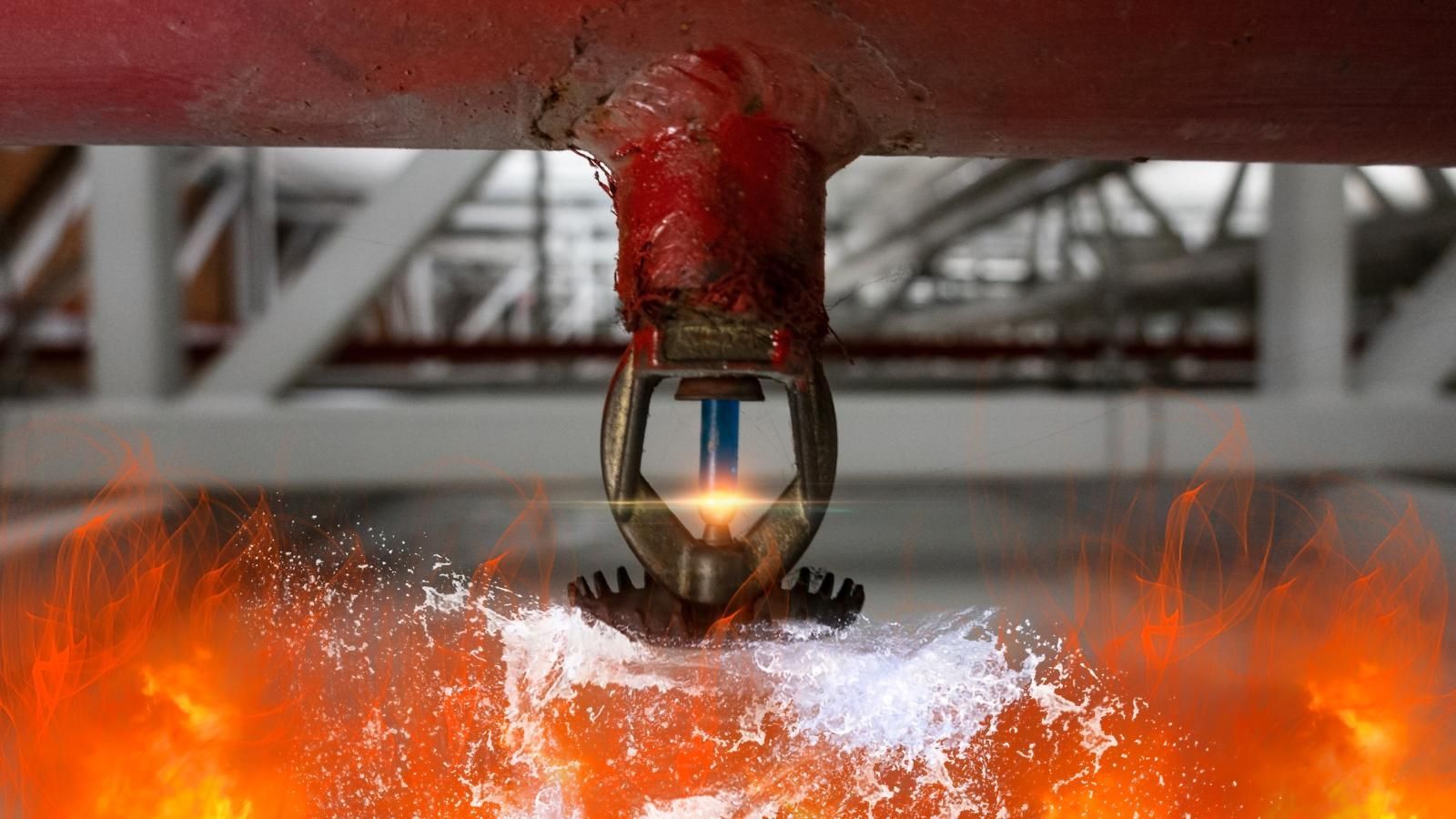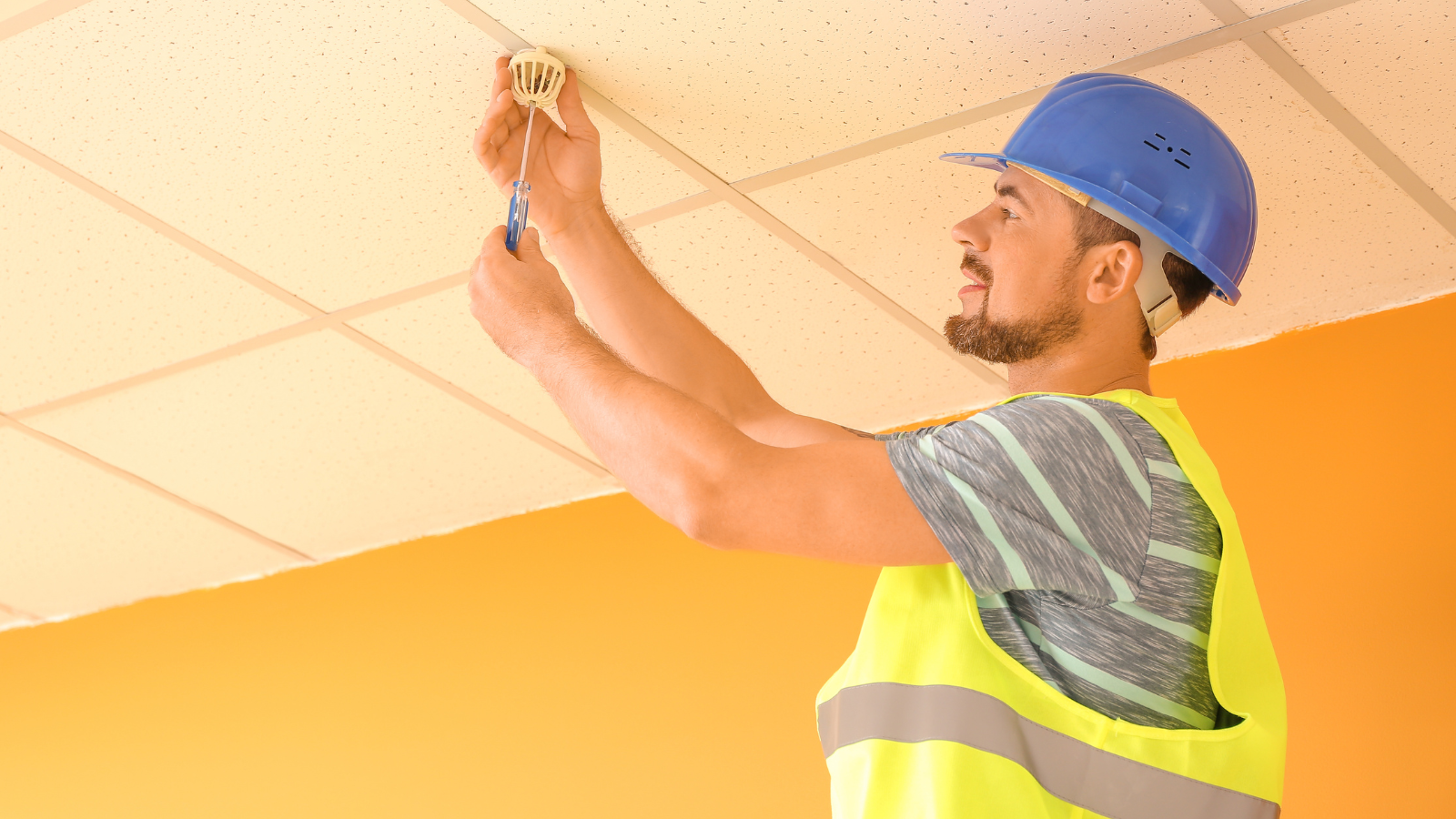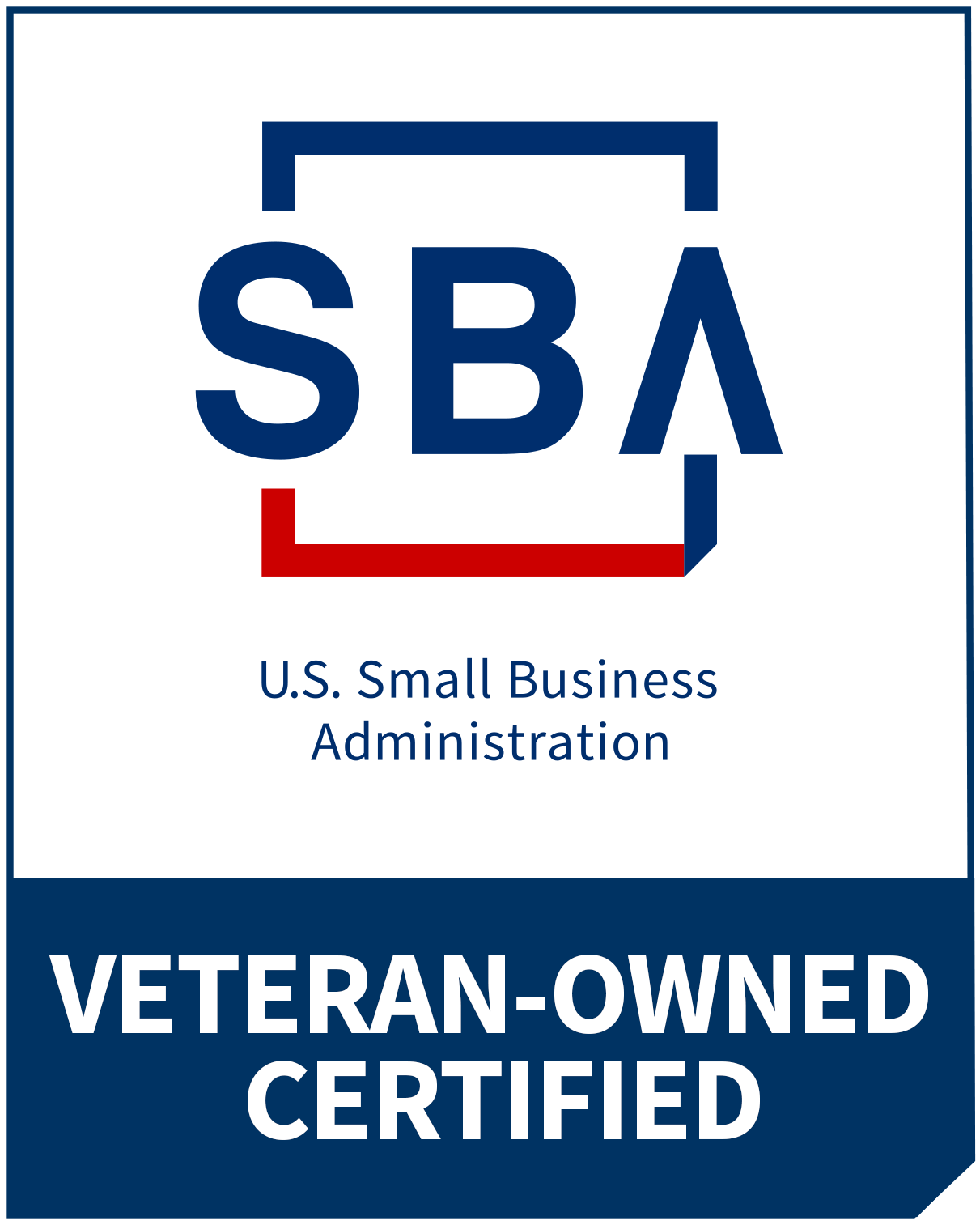Types of Fire Sprinkler Systems & When to Use Each One
What type of fire sprinkler system is protecting your building? Each type of sprinkler system is designed for a particular environment and purpose. Certain types of sprinkler systems are used for optimal protection in warehouses, offices, or residential spaces. This post will highlight the most common types of fire sprinklers, their design purposes, and where they should be installed.
Types of Fire Sprinkler Systems:
- Sprinkler Systems / Wet Pipes
- Sprinkler Systems / Dry Pipes
- Pre-Activated Sprinkler Systems
- Other Types of Sprinkler Systems
Choosing the Right Fire Sprinkler System Starts With Knowing the Options
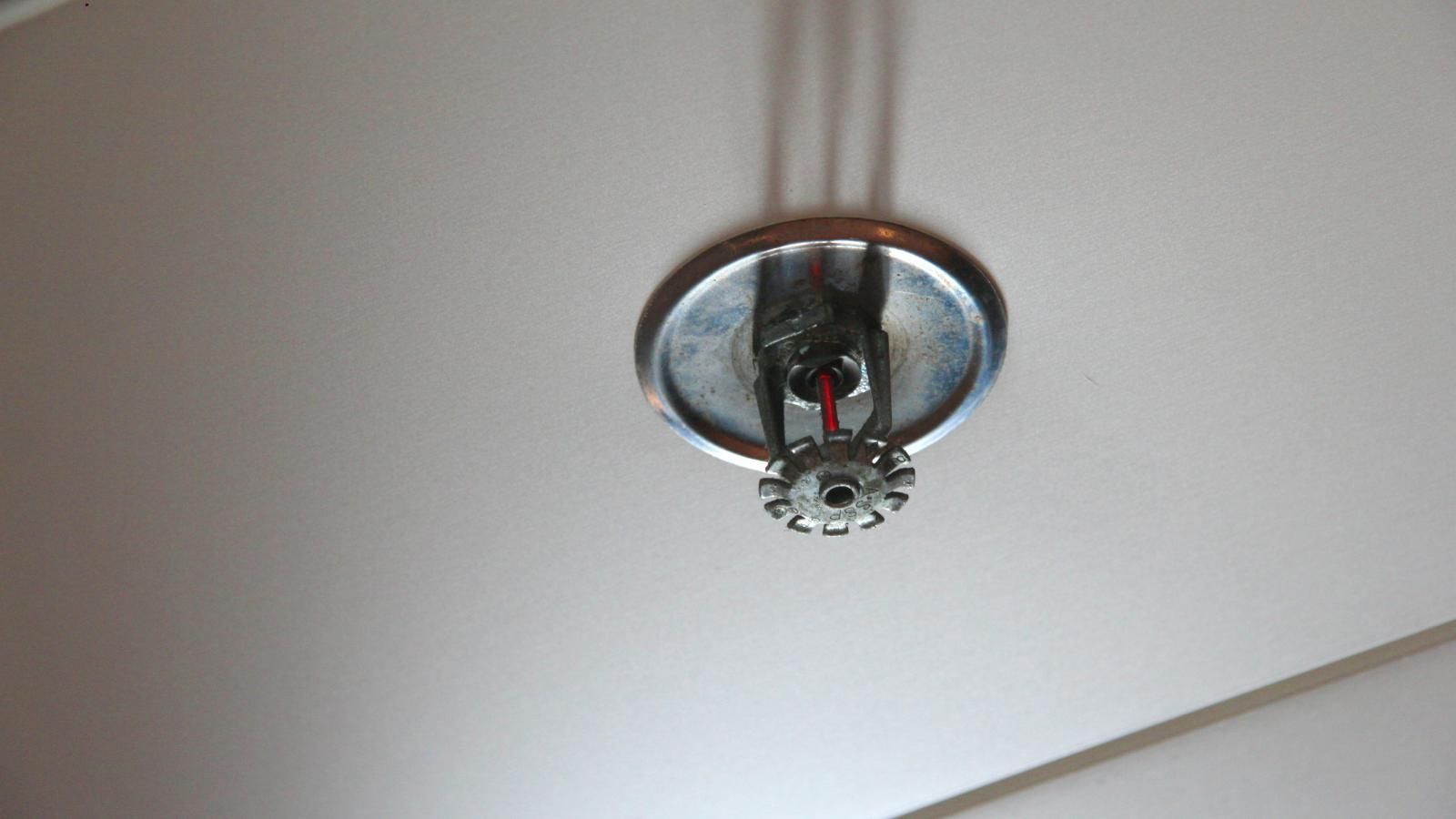
Understanding the different types of fire sprinkler systems will help you make safer, smarter decisions for protecting your property. The correct system goes beyond spraying water on fire; it ensures early detection, employs reliable suppression, and ensures compliance with building codes to protect lives and property. Fire sprinkler systems are engineered for specific environments, temperatures, and risk levels, from freezing warehouses to warm office buildings. In Missouri (and many states), codes and regulations can differ by municipality, complicating decisions for staying compliant. Knowledge will put you in control when choosing the right fire sprinkler system.
Wet Pipe Sprinkler Systems
A wet pipe sprinkler system is the most common and is used in commercial buildings, schools, and office spaces where temperatures remain above freezing. Wet Pipe systems are simple, and always filled with water, triggered by heat, and ready for immediate use. The NFPA 13 standard provides guidelines for wet-pipe systems in general-purpose buildings; they are not suitable for warehouses with freezing temperatures.
Dry Pipe Sprinkler Systems
Dry sprinkler systems are used in buildings where freezing temperatures are possible. Pipes in a dry system are filled with compressed air or nitrogen, unlike a wet pipe system. The compressed air is released when the sprinkler head is triggered by fire, opening a valve allowing water to flow in and spray through the open sprinkler. True, there is a slight delay in water release with compressed air; however, it’s not a safety concern in freezing structures. NFPA 13 standards require dry sprinkler systems for cold environments.
Pre-Action Sprinkler Systems
Operating on the same principle as dry pipe sprinklers, a pre-action sprinkler system requires an additional signal from a fire detection device before allowing water in the pipes. This double protection system prevents water from being discharged until necessary. Establishments such as data centers, museums, archival storage spaces, and telecommunication hubs should be protected with pre-action sprinkler systems. Code requirements for these systems are complex, especially in commercial tech and healthcare centers in Kansas and Missouri.
Foam, Water Mist, and Antifreeze Systems
Besides wet, dry, and pre-action sprinkler systems, there are foam, water mist, and antifreeze types of fire sprinkler systems for unique environments.
- Foam Systems will snuff out flames and are perfect for fighting flammable liquids, suppressing vapors, and cooling fires. Fuel storage places, chemical processing plants, and airport hangars use foam sprinkler systems.
- Water mist systems reduce oxygen and cool flames, which is ideal for museums, historic landmarks, and other areas where minimizing water damage is vital.
- Antifreeze systems use approved antifreeze formulas mixed with water to reduce the freezing point. These systems are used in unheated spaces where freezing temperatures cause problems for fire sprinkler systems.
Note: Installation of the above systems requires expert knowledge and careful adherence to local codes, especially for properties that fall under Kansas City’s evolving fire safety regulations.
What Are the Different Types of Fire Sprinkler Heads?
Different types of fire sprinkler heads are installed according to how and where they release water, and connecting the right one ensures optimal coverage of the space. Here are the four most common types:
- Pendent Sprinkler Heads are the most common, hung from the ceiling, and are used in commercial and residential systems. Water sprays from pendant types in a circular pattern to cover the space below.
- Upright Sprinkler Heads are used in industrial spaces with obstructions. The sprinkler heads are above the pipe and spray water upwards, allowing the water to arch down.
- Sidewall Sprinkler Heads are installed on walls and spray water in a crescent shape away from the wall. These sprinkler heads are for narrow hallways, small rooms, or spaces with difficult ceiling access.
- Concealed Sprinkler Heads are hidden behind decorative cover plates in hotels, offices, and swank residences. The cover plate drops out of the way for optimal water spray when activated.
Also Read: Top Signs You Need to Replace Your Fire Sprinkler Heads
Find the Best Fire Sprinkler System for Your Property
A fire sprinkler system must be designed based on the type of building, the environment, and the risks. Each option, from wet pipe systems to specialized pre-action sprinkler systems, offers advantages in terms of safety and compliance.
Consult with a local fire protection expert who is well-versed in your region’s codes and regulations. At
Gen X Fire Sprinklers, we help Kansas City area property owners and managers choose the best systems to install for protection and peace of mind.
Contact us today. With our custom fire sprinkler systems, you will get exactly what you need. Call: 816-409-1389
